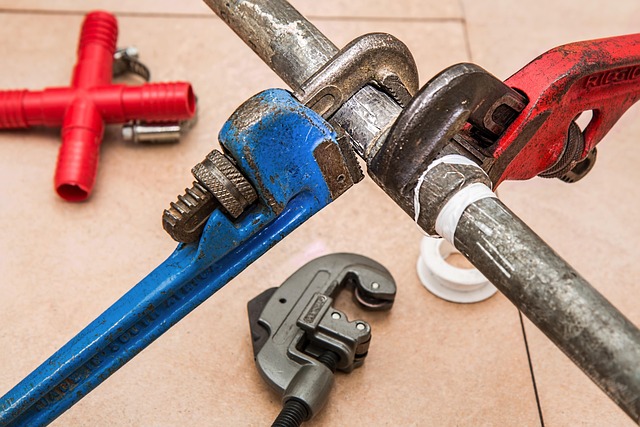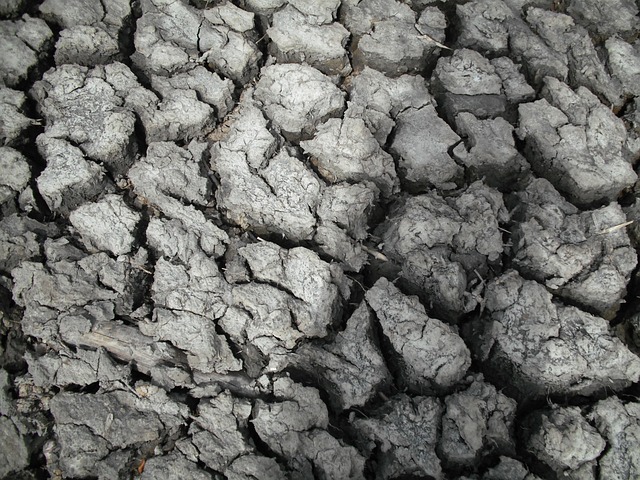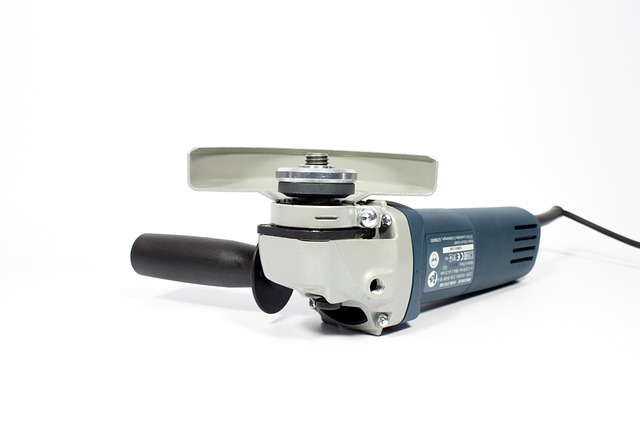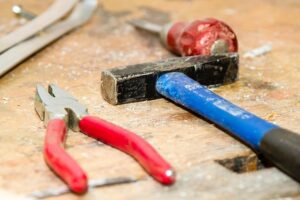Concrete slab cracks, caused by differential settling, moisture, chemicals, or temperature fluctuations, pose structural risks. Repairs involve drainage systems, inspections, sealing, and advanced techniques like carbon fiber reinforcement, epoxy injection, and structural steel support. Technology, such as scanning and automated tools, streamlines restoration, making it efficient and sustainable. Correctly filling and sealing cracks with high-quality epoxy or polyurethane prevents future damage. Regular inspections, maintenance, proper drainage, and sealers are essential for long-term concrete slab integrity and aesthetics.
Concrete slabs, often overlooked, form the foundation of our structures. Over time, they can suffer from damage, with cracks being a common issue. This article guides you through the process of concrete slab restoration, focusing on crack repair. We’ll explore the causes of cracks, different repair methods, and the role of technology in advanced restoration techniques. Learn how to choose the right materials, implement preventative measures, and effectively address crack repair for long-lasting results.
Understanding Concrete Slab Damage: Common Causes of Cracks

Concrete slabs, integral parts of many structures, can sustain damage over time due to various environmental factors and structural stresses. Understanding the common causes of cracks is crucial for effective concrete slab restoration and crack repair. One of the primary culprits is differential settling, where uneven weight distribution or soil shifts lead to variations in how different sections of the slab compact. This phenomenon often results in visible cracks, especially in older structures.
Another frequent cause is concrete deterioration due to exposure to moisture, chemicals, and extreme temperatures. Sealing and protective coatings can mitigate these issues, but over time, hydration, carbonation, and corrosion can still lead to crack formation. Proper drainage systems and regular maintenance inspections are vital to identifying and addressing cracks early, preventing further damage, and ensuring structural integrity through effective crack repair.
Assessing Crack Repair Options: An Overview of Methods

When assessing crack repair for concrete slabs, several methods come into play, each with its own set of benefits and considerations. One common approach is carbon fiber reinforcement, which involves embedding a mesh or sheets of carbon fiber into the cracked area to enhance structural integrity. This method is particularly effective for preventing further cracks from spreading.
Another widely used technique is epoxy injection. This process involves drilling into the crack and injecting a mixture of epoxy resin and hardener. The epoxy fills the crack, providing a strong bond that can restore the slab’s stability. For larger or deeper cracks, structural steel plates or rods may be required to provide additional support during the repair process.
The Role of Technology in Advanced Concrete Restoration

The advent of technology has brought about innovative solutions in concrete slab restoration, particularly in addressing crack repair. Modern tools and techniques offer precise and efficient methods to rehabilitate damaged concrete structures. For instance, advanced scanning technologies can accurately map out cracks and defects, enabling restorers to pinpoint problem areas with unparalleled accuracy. This data-driven approach ensures that restoration efforts are targeted and cost-effective.
Furthermore, new generation materials and equipment have revolutionized crack repair processes. Specialized sealers and fillers designed for concrete restoration fill and reinforce cracks, preventing further damage and enhancing the structural integrity of slabs. Automated tools also streamline the restoration process, reducing manual labour and increasing project efficiency. These technological advancements are transforming the landscape of concrete slab restoration, making it more accessible, precise, and sustainable.
Step-by-Step Guide to Effective Crack Filling and Sealing

Concrete slabs, over time, can develop cracks that not only compromise their structural integrity but also affect the overall aesthetics of a space. Effective crack filling and sealing is a crucial step in concrete slab restoration. Here’s a step-by-step guide to help you achieve this:
1. Inspect and Clean: Begin by thoroughly inspecting the cracked area. Remove any loose debris, dirt, or vegetation using a wire brush or power washer. Ensure the surface is clean and dry before proceeding.
2. Prepare the Crack: Use a chisel and hammer to carefully widen the crack’s opening slightly. This process creates a better bond for the filling material. Be precise to avoid causing further damage.
3. Choose the Right Filling Material: Select a high-quality epoxy or polyurethane-based crack filler suitable for concrete. These materials offer excellent flexibility, adhesion, and resistance to weathering.
4. Fill the Crack: Apply the chosen filler using a caulk gun or a trowel. Ensure it completely fills the crack, getting into all corners and crevices. Smooth the surface with the tool for an even finish.
5. Seal and Protect: After filling, apply a sealer to create a protective barrier against moisture and environmental damage. Follow the manufacturer’s instructions for the best results. This step reinforces the repair and prevents future crack formation.
Choosing the Right Materials for Long-Lasting Results

When it comes to concrete slab restoration, selecting the appropriate materials is paramount for achieving long-lasting results in crack repair. The market offers a plethora of options, but not all products are created equal. For durable crack healing, opt for high-quality epoxy resins or polyurethanes, known for their exceptional bonding strength and resistance to environmental factors. These materials effectively fill and seal cracks, preventing further damage and ensuring the slab’s structural integrity.
Proper material choice involves considering factors like the severity of cracking, exposure to elements, and traffic load. Professional contractors often recommend tailored solutions, ensuring the selected crack repair compound aligns with the specific needs of each project. Using the right materials is a fundamental step in restoring the concrete slab’s aesthetic appeal and extending its lifespan.
Preventative Measures: Maintaining Your Concrete Slab Structure

Preventative measures are crucial for maintaining the integrity of your concrete slab structure and preventing future damage. Regular inspection is key; regularly walk around your property to identify any signs of cracks, uneven surfaces, or structural weaknesses. Addressing small issues early on can save significant costs down the line.
Implementing proper maintenance practices like sealing and cleaning will also go a long way in protecting your concrete slabs. Use suitable sealers to protect against moisture penetration, which is a common cause of damage. Regular cleaning removes dirt and debris that can lead to surface deterioration and makes it easier to spot potential problems. Additionally, controlling the environment around your slabs by managing water drainage and preventing excessive weight load will contribute to their longevity.
